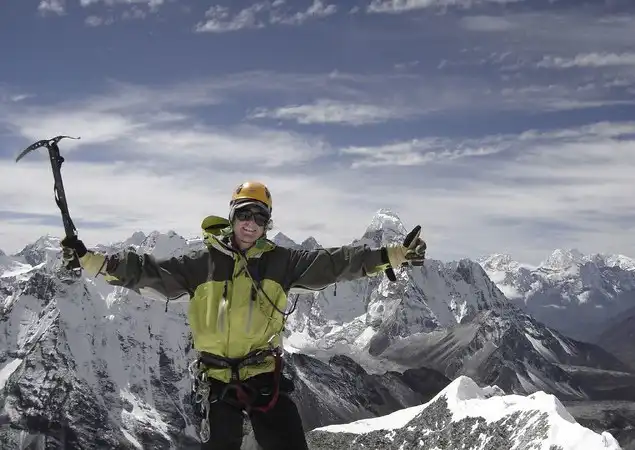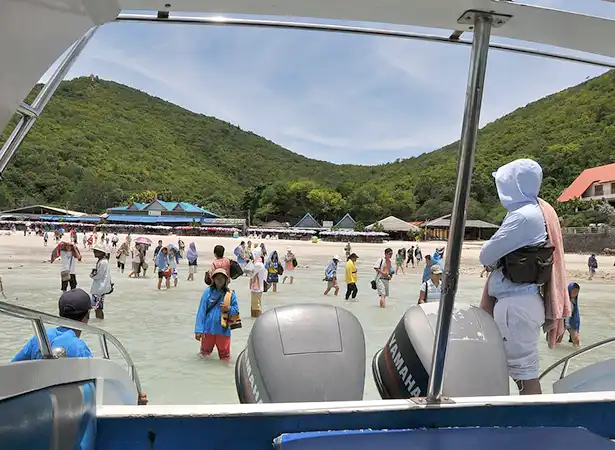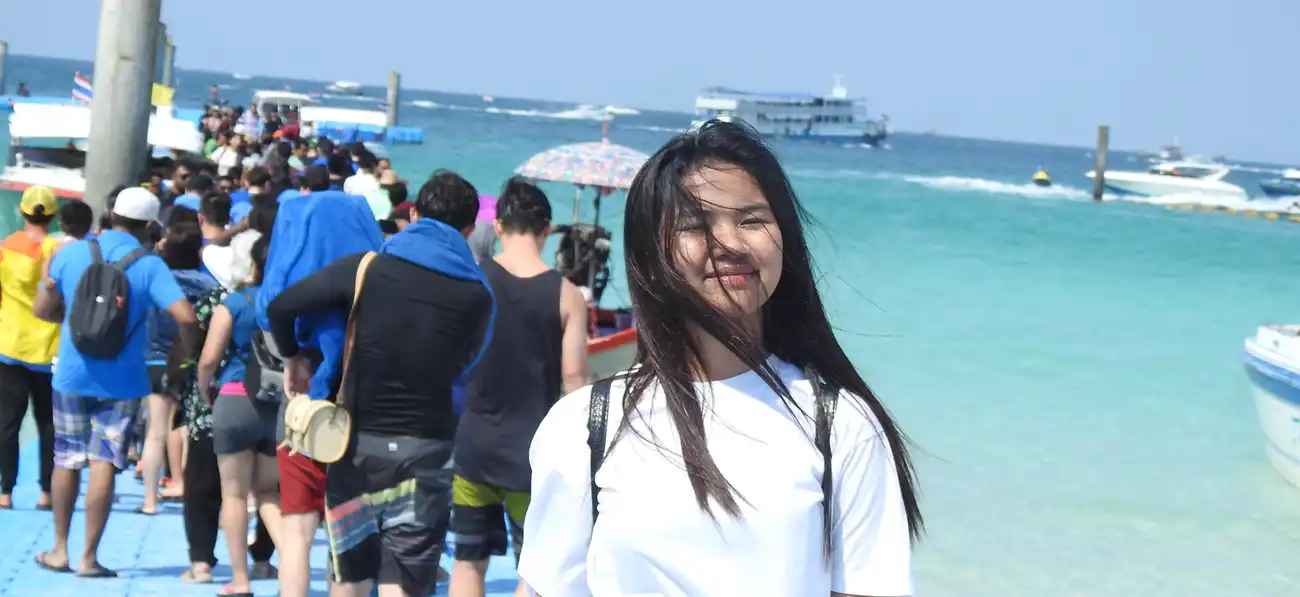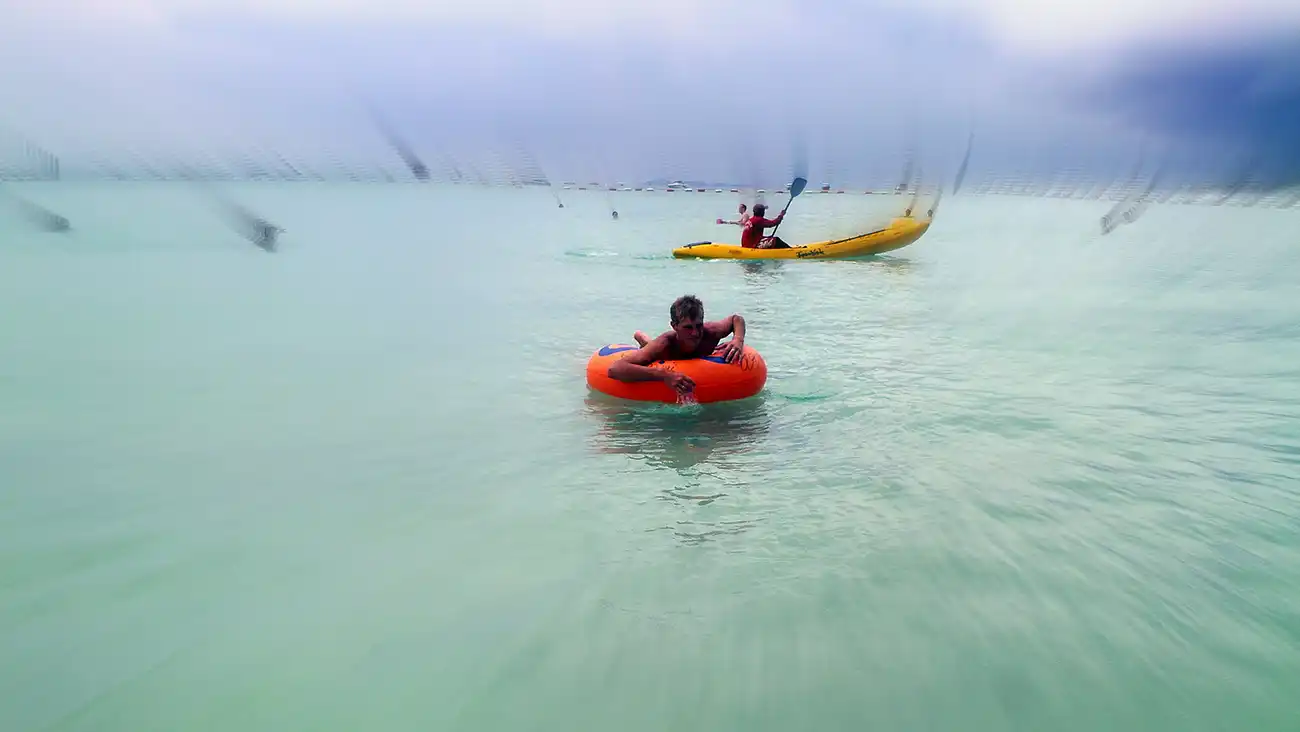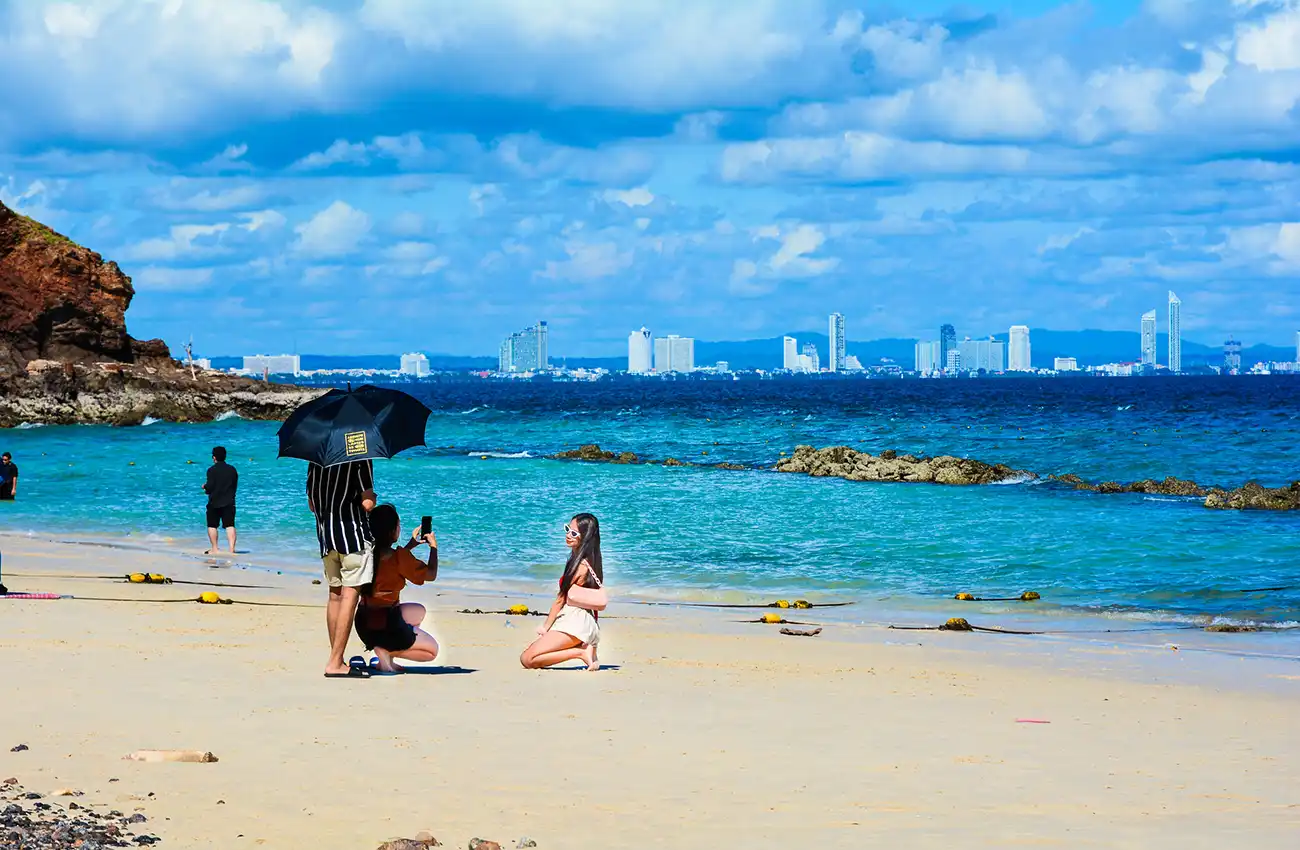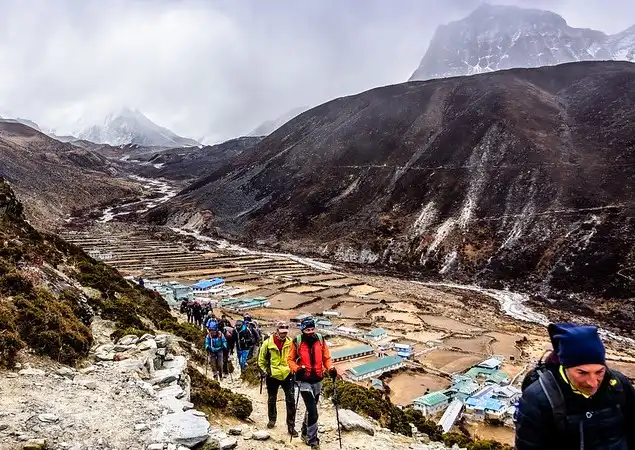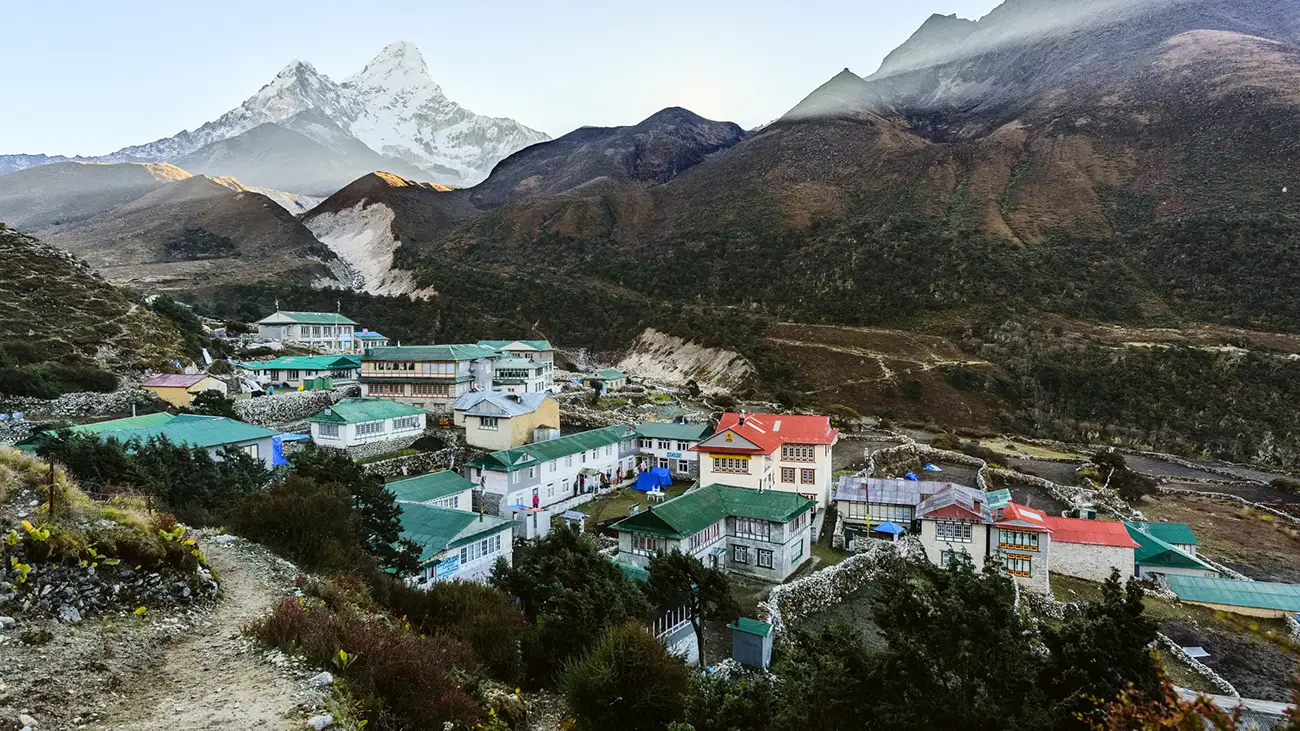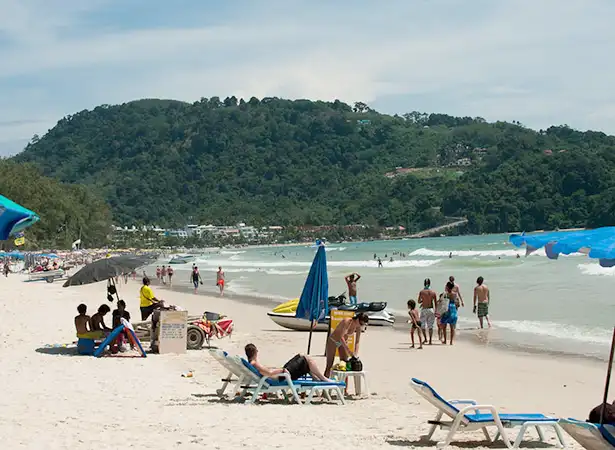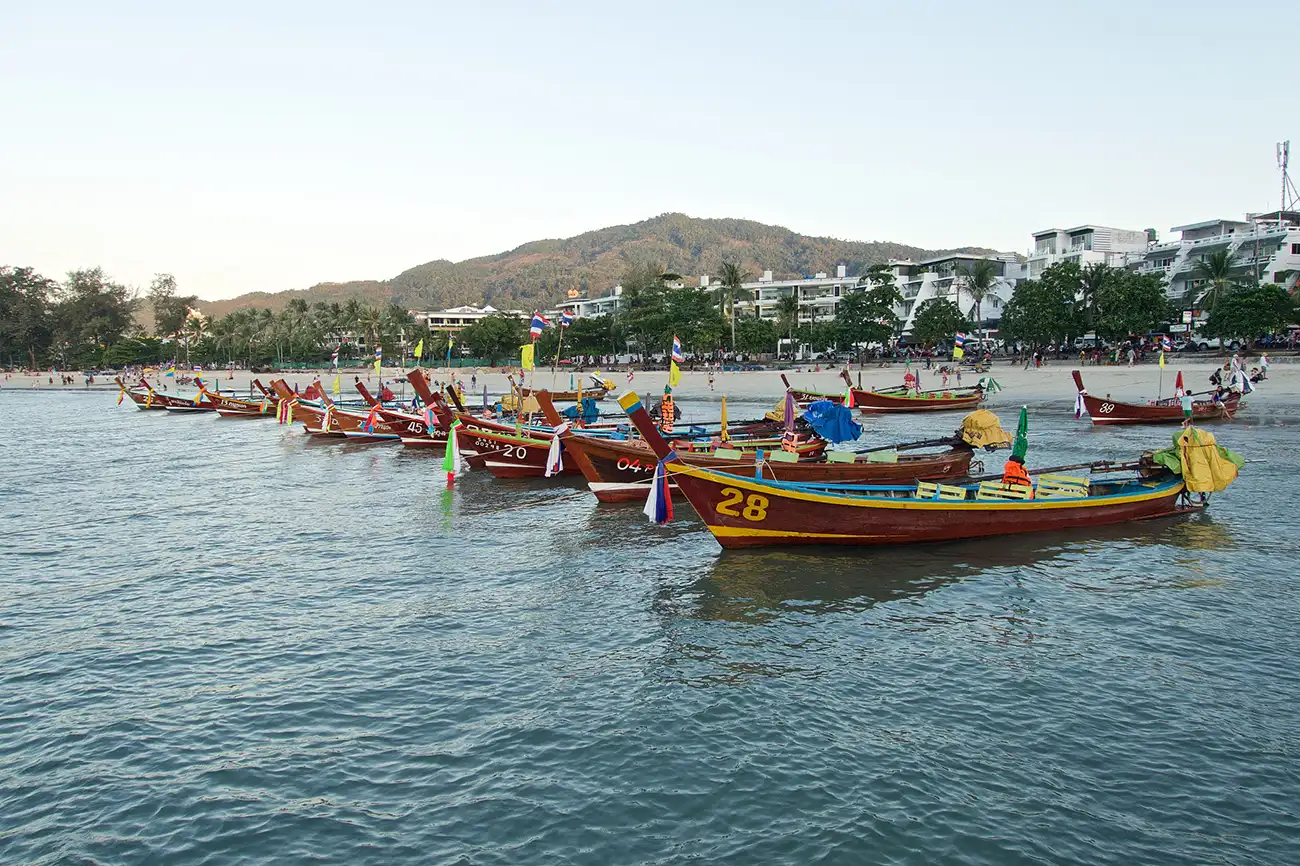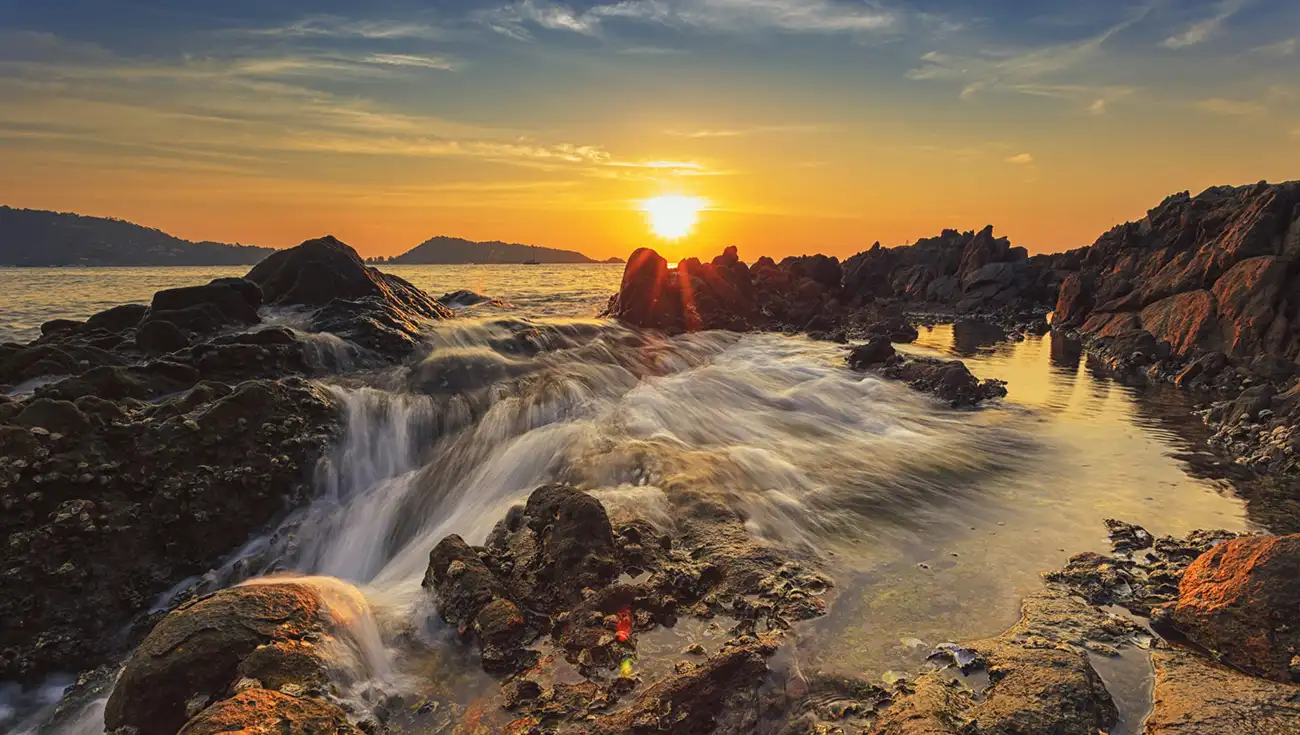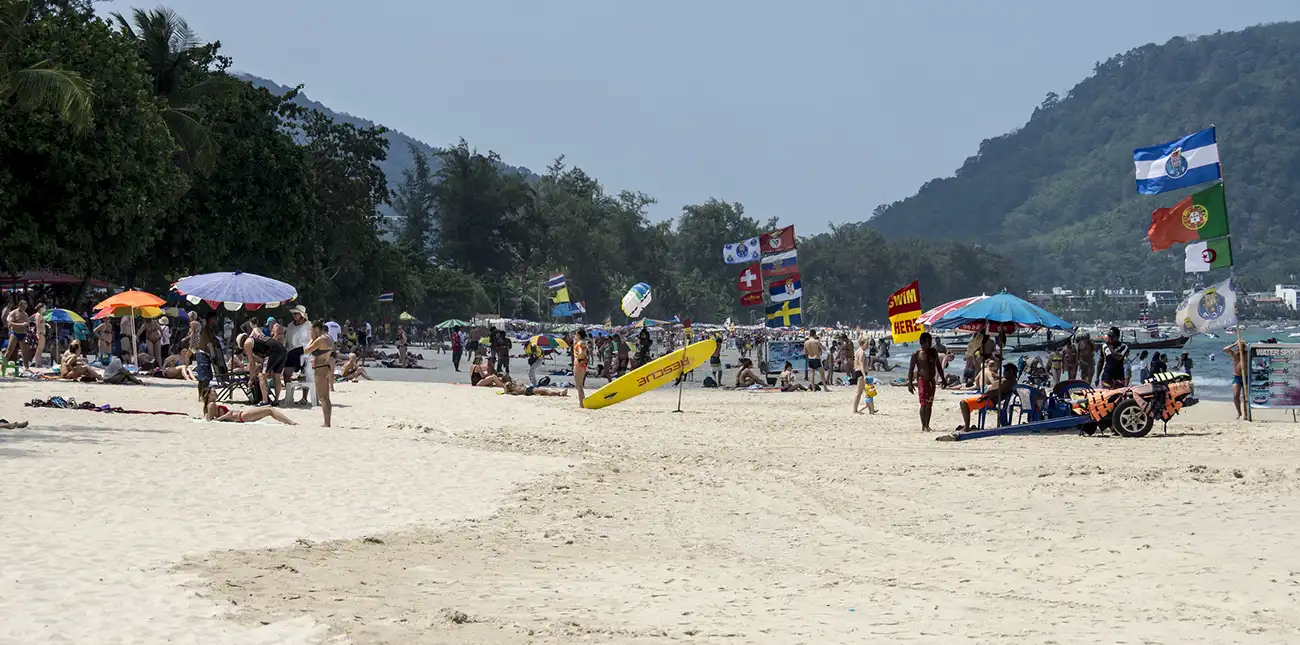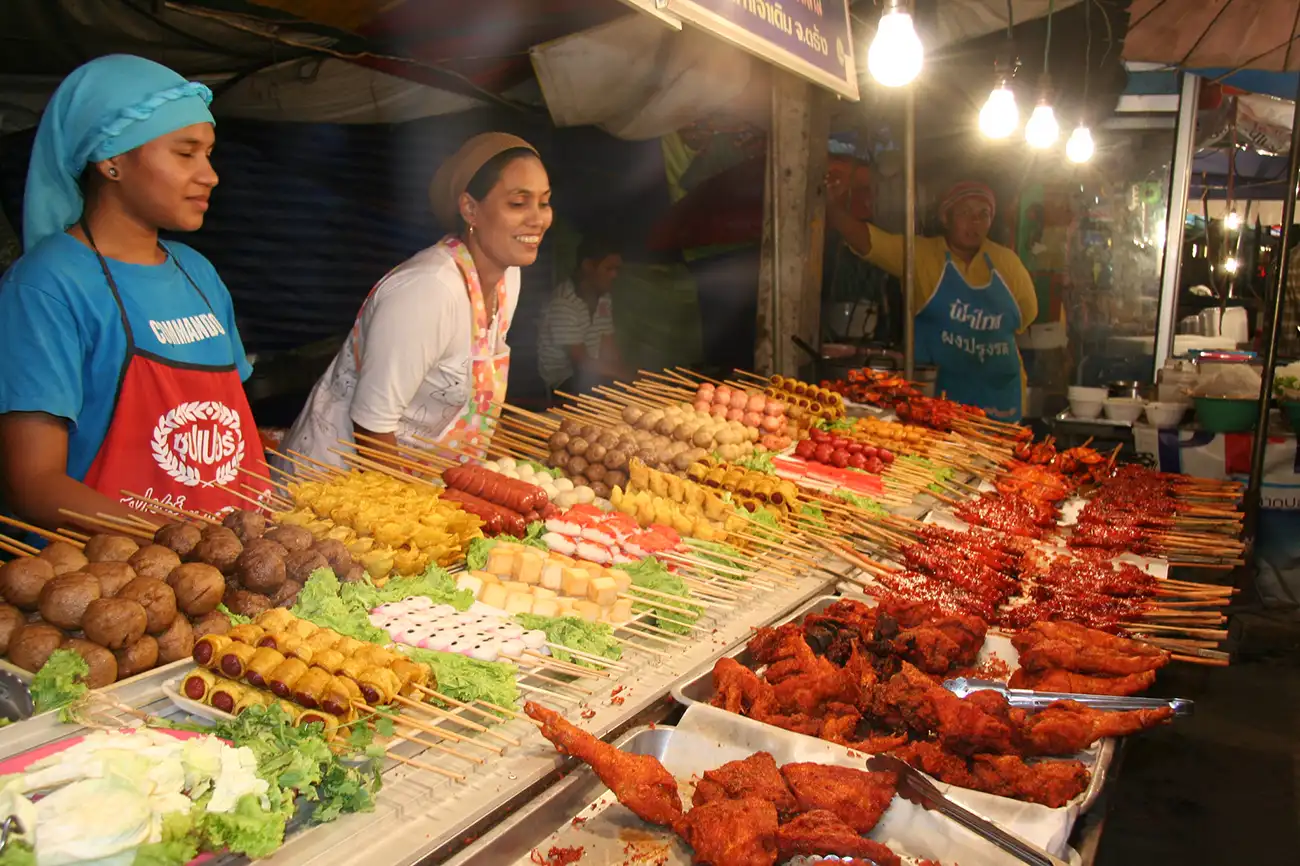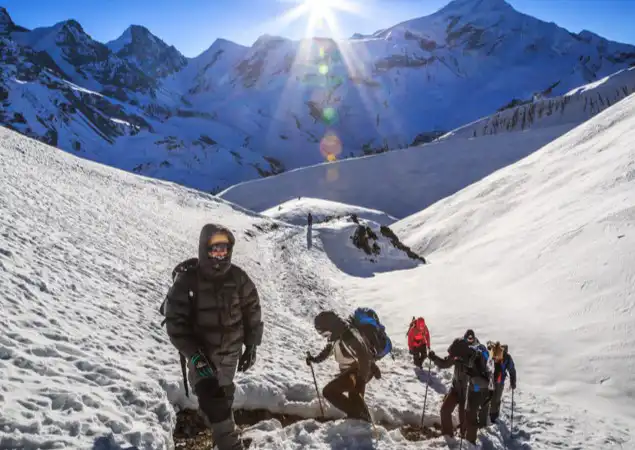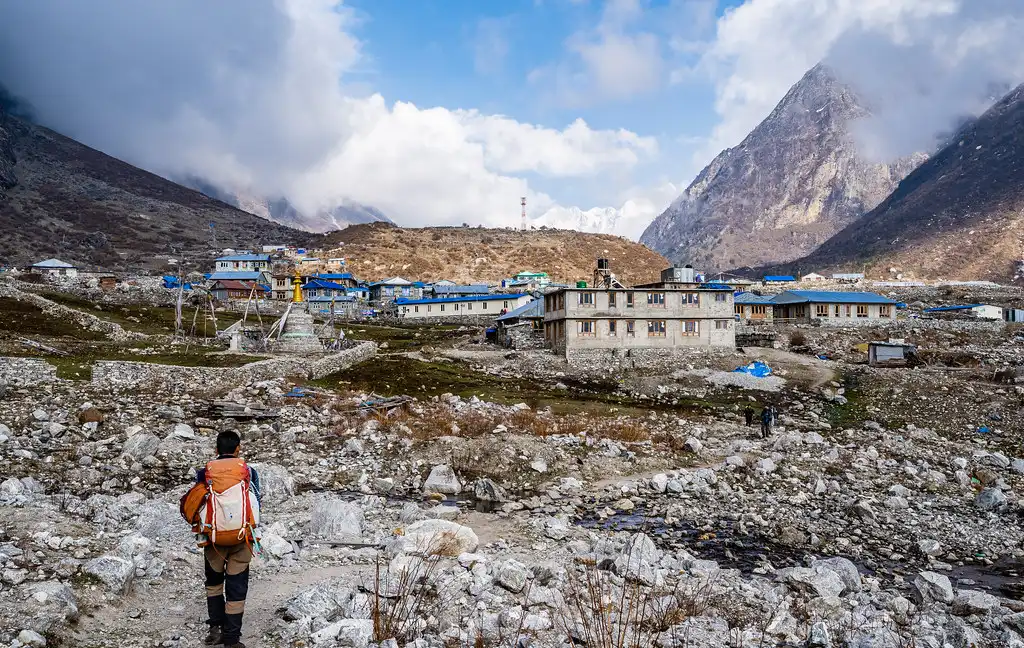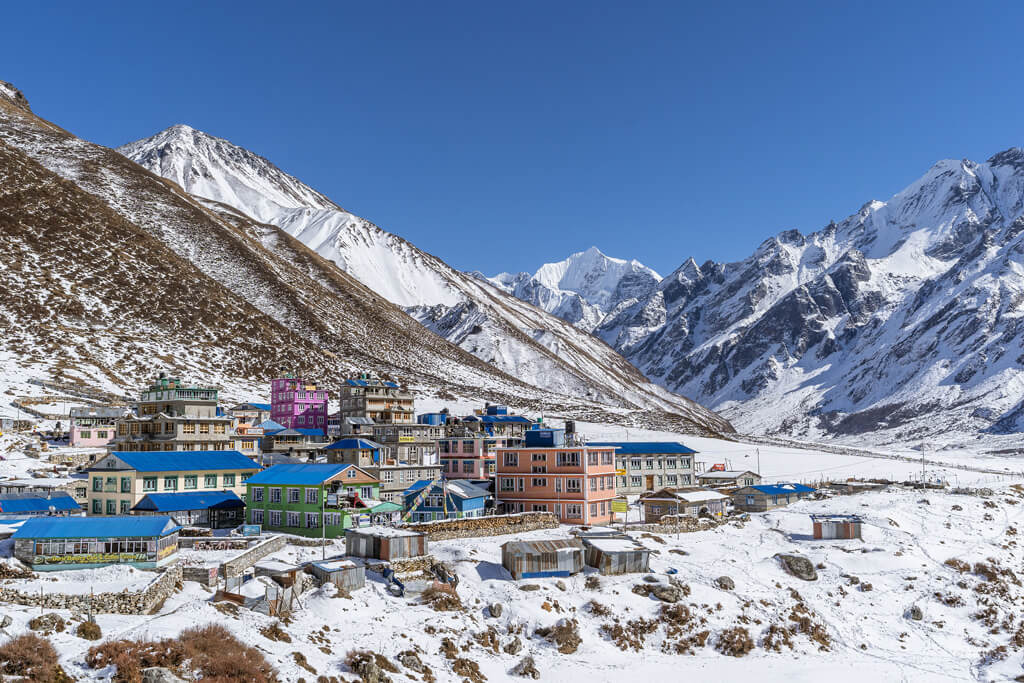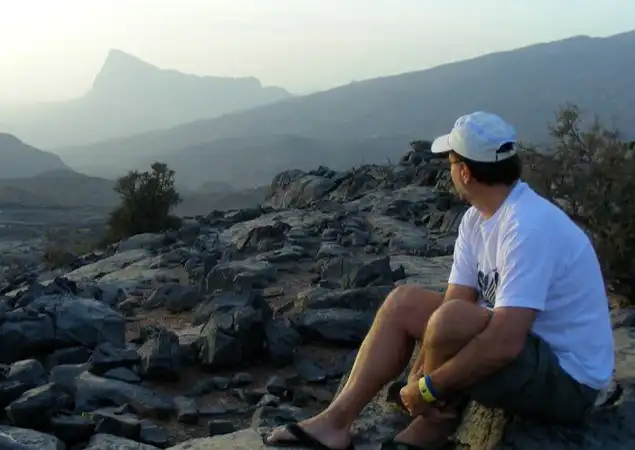Insurance and Emergency Costs
When calculating the Island Peak Climbing Cost, insurance and emergency expenses are essential factors to consider. Adequate travel and climbing insurance safeguard against unforeseen events, ensuring peace of mind during your expedition.
Travel and Climbing Insurance
Having comprehensive travel and climbing insurance is crucial for anyone attempting Island Peak.
Importance and Estimated Costs: Climbing at high altitudes involves inherent risks. Insurance offers financial coverage for accidents, illnesses, and trip disruptions. Such insurance costs range from USD 150 to USD 300, depending on the coverage and duration.
Coverage Details to Look For
- High-Altitude Evacuation: Ensure the policy covers emergency evacuation up to at least 6,500 meters, which exceeds Island Peak’s altitude.
- Medical Expenses: Coverage for medical treatments and hospitalizations in Nepal.
- Trip Cancellation and Interruption: Protection against losses due to unforeseen cancellations.
- Baggage and Equipment Loss: Reimbursement for lost or damaged gear can impact the overall Island Peak Climbing Cost.
- Adventure Activities Clause: Confirm that mountaineering activities are included, as standard policies may exclude them.
Selecting the right insurance policy helps manage unexpected Island Peak trek expenses, keeping your budget intact.
Emergency Evacuation
In emergencies, swift evacuation is critical but costly if not covered by insurance.
Potential Costs if Not Covered by Insurance
- Helicopter Evacuation: Costs can exceed USD 5,000 for airlifting from remote locations like Island Peak.
- Medical Treatment: Without insurance, hospital bills can add significantly to your Island Peak Climbing Cost.
- Repatriation: Arranging transport back to your home country in case of serious injury can be extremely expensive.

Additional Expenses
When determining the total cost of Island Peak Climbing, it is essential to consider other expenses that may not be immediately obvious and take time to calculate them. These expenses can significantly affect your overall financial plan.
Visa Fees
Before entering Nepal, travelers must obtain a Nepalese visa.
Cost of Obtaining a Nepalese Visa
- On Arrival: A 30-day tourist visa costs USD 50, while a 90-day visa is USD 125.
- Multiple Entries: If you plan to exit and re-enter Nepal, ensure your visa allows multiple entries, which may incur additional fees.
Where to Get It: Visas are available on arrival at Tribhuvan International Airport in Kathmandu and at various land border crossings.
Including visa fees in your budget helps avoid unexpected expenses upon arrival.
Vaccinations and Medical Prep
Health preparation is crucial for a successful climb.
Possible Medical Expenses Before the Trip
- Vaccinations: Recommended vaccines include Hepatitis A and B, Typhoid, Tetanus, and Rabies. Costs vary but can range from USD 100 to USD 300, depending on your location and insurance coverage.
- Medical Check-ups: A pre-trip medical examination might cost between USD 50 and USD 200.
- Medications: Altitude sickness medication like Diamox may add to your expenses.
Allocating funds for medical preparation ensures you’re physically ready for the challenges ahead.
Tips and Gratuities
Tipping is customary in Nepal and appreciated by those who assist you.
Standard Tipping Practices for Guides and Porters:
- Guides: Consider tipping your guide USD 10 to USD 15 per day.
- Porters: A tip of USD 5 to USD 10 per day is standard for porters.
- Group Tips: If you’re part of a group, pooling tips is standard practice.
Including tips in your Island Peak Climbing Cost shows gratitude for the hard work of your support team.
Personal Expenses
Personal spending can vary but should be anticipated.
- Souvenirs: Handmade crafts, clothing, and other mementos can cost from USD 5 to USD 50 each.
- Extra Snacks and Beverages: Cravings for chocolate bars, energy drinks, or alcoholic beverages can increase as prices rise significantly with altitude.
- Entertainment: Expenses for books, movies, or local cultural experiences might also arise.
Budgeting for personal expenses ensures you can enjoy extras without straining your finances.

Cost Variations
The total Island Peak Climbing Cost can fluctuate due to several factors. Being aware of these variations helps in accurate budgeting.
Seasonal Price Changes
Costs can differ between peak and off-peak seasons.
How Peak and Off-Peak Seasons Affect Costs:
- Peak Seasons (Spring and Autumn): Higher demand leads to increased prices for accommodation, flights, and Island Peak guide fees.
- Off-Peak Seasons (Winter and Monsoon): Lower demand may result in discounted rates, but weather conditions are more challenging.
Permit Fees: The Island Peak permit cost is lower during off-peak seasons, affecting overall expenses.
Choosing the right season can influence both your budget and climbing experience.
Currency Fluctuations
Exchange rates can impact your spending power.
Impact of Exchange Rates on Your Budget
- Currency Strength: Fluctuations between your home currency and the Nepalese Rupee or US Dollar can affect the cost of services and goods.
- Monitoring Rates: Keeping an eye on exchange rates allows you to convert money when rates are favorable.
Accounting for currency fluctuations helps maintain control over your Island Peak trek expenses.
Economic Factors
Local economic conditions in Nepal can influence prices.
How Local Economic Conditions Might Influence Prices
- Inflation: Rising living costs can increase food, accommodation, and services prices.
- Government Policies: Changes in tourism regulations or taxes can affect permit fees and other charges.
- Fuel Prices: Increases can lead to higher transportation and logistics costs, which can impact the overall cost of climbing Island Peak.
Cost-Saving Tips
Reducing the Island Peak Climbing Cost without compromising the experience is possible with strategic planning. Here are practical tips to help you save money.
Booking in Advance
- Early Reservations Lower Costs: Skillfully booking flights, accommodations, and guides in advance can secure better rates. Airlines and lodges often offer discounts for early bookings, reducing your overall Island Peak trek expenses.
Group Discounts
- Benefits of Joining a Group Trek: Trekking allows you to share costs for guides and porters. Group rates for accommodations and permits can also lower expenses. This collaborative approach significantly reduces individual costs, including the Island Peak guide fees.
Negotiating Prices
- Bargaining with Local Providers: In Nepal, negotiating is standard practice. You can often negotiate better rates for accommodations, equipment rentals, and even guide services. Polite and respectful bargaining can yield substantial savings on your Island Peak Climbing Cost.
Off-Peak Travel
Advantages of Climbing During Shoulder Seasons: Traveling during off-peak seasons like winter or monsoon can lower costs. Permit fees are reduced, and accommodations may offer discounts due to lower demand. However, be prepared for challenging weather conditions that may affect your climb.
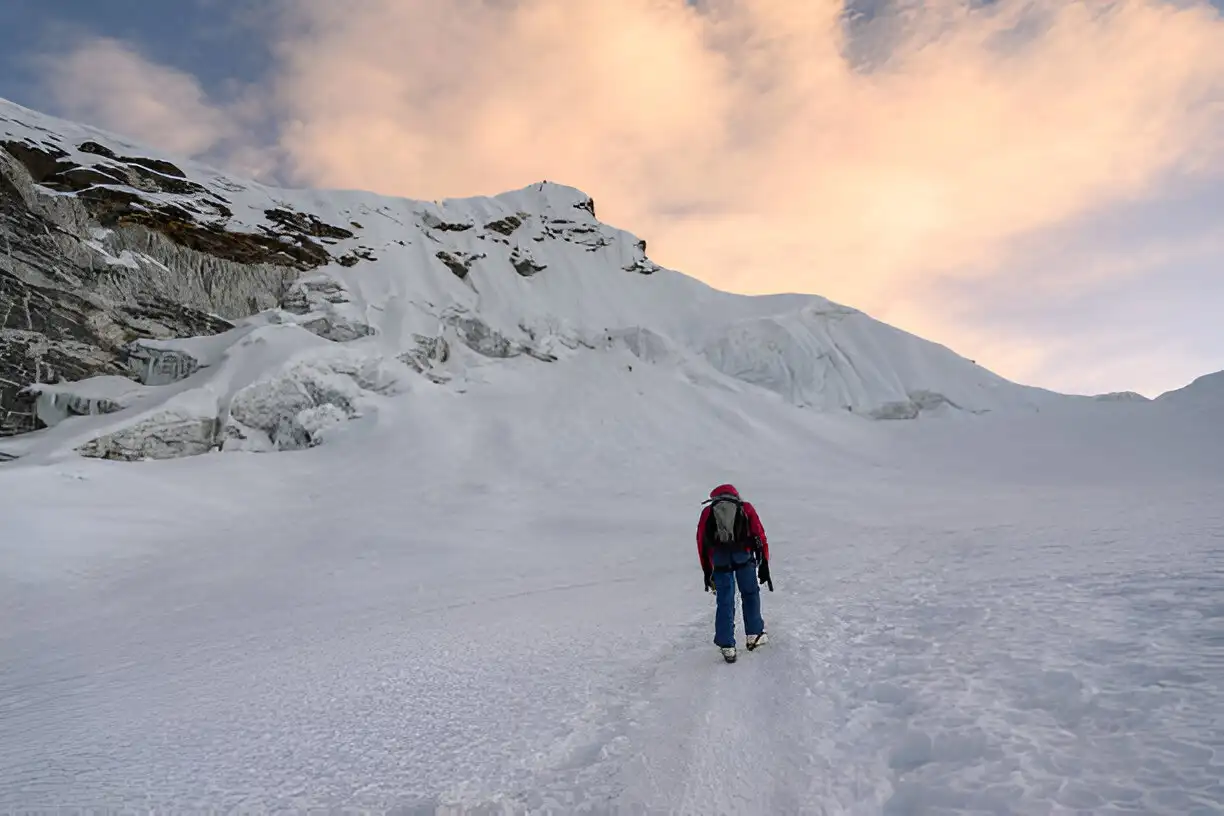
Best Time to Climb and Its Impact on Island Peak Climbing Cost
Choosing the right season to tackle Island Peak dramatically enhances your experience and significantly influences the Island Peak Climbing Cost. Optimal times for this climb are the pre-monsoon (spring) period from March to May and the post-monsoon (autumn) months from September to November.
Ideal Seasons for Climbing Island Peak
- Spring (March to May): Enjoy stable weather and clear skies for excellent climbing conditions. The vibrant blooming rhododendrons along the trek paths add color to your adventure.
- Autumn (September to November): After the monsoons, the air clears, offering crisp, unobstructed views of the mountain landscapes. This season is favored for its mild temperatures and minimal rainfall.
Impact of Timing on Permit Costs and Availability
Your choice of season affects both the Island Peak guide fees and its availability:
- Peak Season Demand: Permit applications surge in the spring and autumn. Apply early to secure your necessary permits.
- Fluctuating Permit Fees: Although Island Peak permit costs typically stay steady, some agencies might offer discounts in the less crowded off-peak seasons.
Weather Considerations and Their Financial Impact
Weather conditions are a critical consideration as they directly affect your budget planning:
- Stable Weather Minimizes Delays: Good weather in peak seasons helps avoid unexpected delays, which can otherwise increase your Island Peak trek expenses on additional food and lodging.
- Challenges of Off-Peak Climbing: Winter and monsoon climbs pose risks with heavy snow and rain, possibly necessitating extra gear and potentially higher Island Peak guide fees due to extended trek durations.
- Investment in Quality Gear: Poor weather might require higher-quality equipment, impacting your overall Island Peak Climbing Cost.
Preparation and Training Costs
Adequate preparation is essential for a successful ascent, significantly contributing to your Island Peak Climbing Cost.
Physical Training Costs
Proper fitness is crucial:
- Gym Memberships: Securing a gym membership to enhance strength and endurance might cost you between USD 30 and USD 100 monthly.
- Specialized Training Programs: For USD 200 to USD 500, you can enroll in mountaineering courses or hire a personal trainer.
- Outdoor Activities: Though membership fees may apply, join hiking or climbing clubs to gain practical experience.
Investing in your physical preparation can reduce risks and unexpected costs during your climb.
Equipment Purchase Expenses
Personal climbing gear ensures safety and comfort:
- Mountaineering Boots: Invest in high-quality boots for USD 200 to USD 500.
- Climbing Apparel: Purchase suitable layered clothing for high altitudes, which may cost between USD 300 and USD 600.
- Accessories: You should budget between USD 100 and USD 200 for essential accessories such as gloves, hats, and sunglasses.
- Technical Equipment: While some gear is rentable, buying personal items like harnesses or helmets ensures a proper fit. These typically cost USD 150 to USD 300.
Environmental and Conservation Fees
When planning your expedition, remember to account for environmental and conservation fees that help preserve the natural beauty of the Everest region. These additional costs are crucial in maintaining the ecosystem and supporting sustainable tourism.
Additional Fees Contributing to Conservation
- Garbage Deposit Fee: The Nepalese government requires a refundable garbage deposit of USD 500 per group. This fee ensures that climbers bring back their waste, helping to keep the mountain clean.
- Community Development Fees: Some local communities may charge a small fee, usually between USD 10 and USD 20, which goes toward local infrastructure and community projects.
Including these fees in your Island Peak Climbing Cost complies with regulations and supports environmental conservation efforts.
Importance of Supporting Sustainable Tourism
Supporting sustainable tourism is vital for the long-term preservation of the Himalayas. By paying these fees, you contribute to:
- Environmental Protection: Funds are used for conservation projects that protect the fragile mountain environment.
- Local Communities: Your contributions aid in developing regional communities and improving their livelihoods.
- Future Trekking Opportunities: Sustainable practices ensure that Island Peak remains accessible and pristine for future climbers.
Conclusion
Thorough budgeting is essential when planning your climb. Understanding all aspects of the Island Peak Climbing Cost, including permit fees, guide fees, trek expenses, and conservation fees, prepares you financially for this adventure.
Climbing responsibly and being well-prepared increases your chances of a successful summit and supports the environment and local communities. Plan, train adequately and respect your natural surroundings to maximize your climbing.
